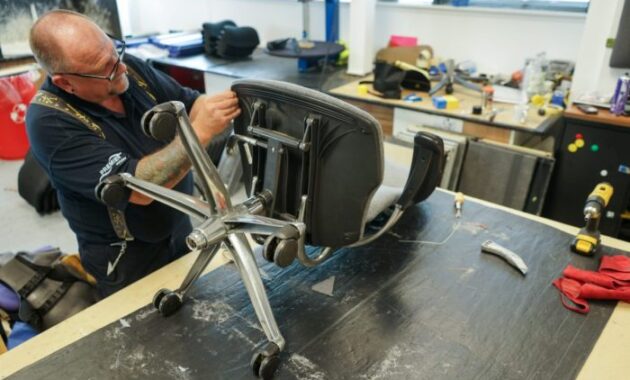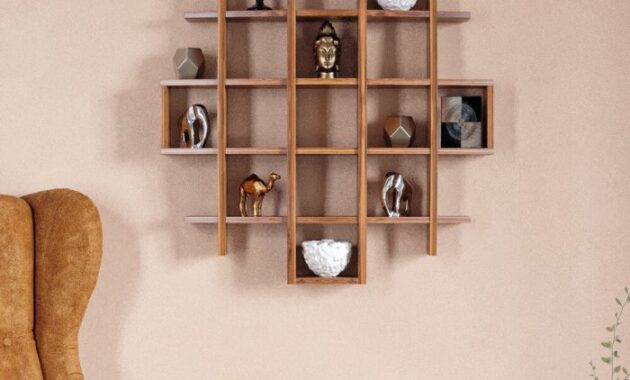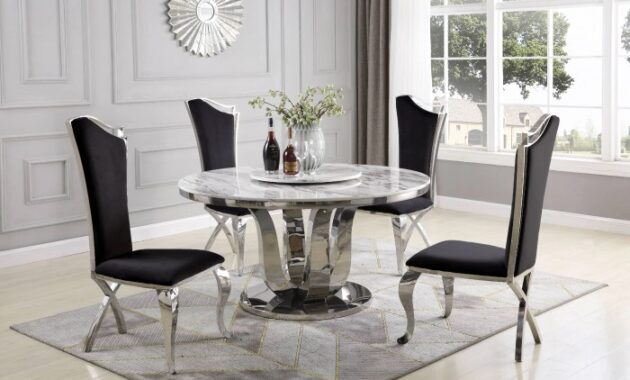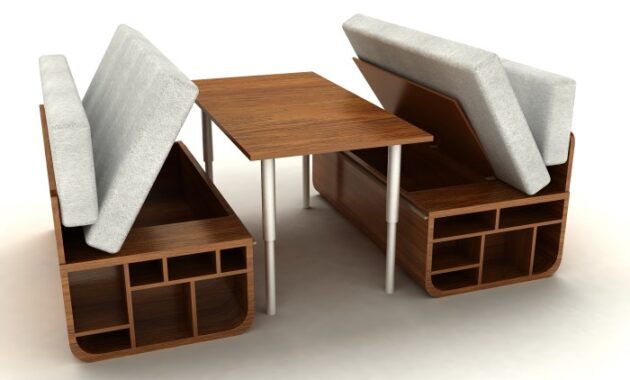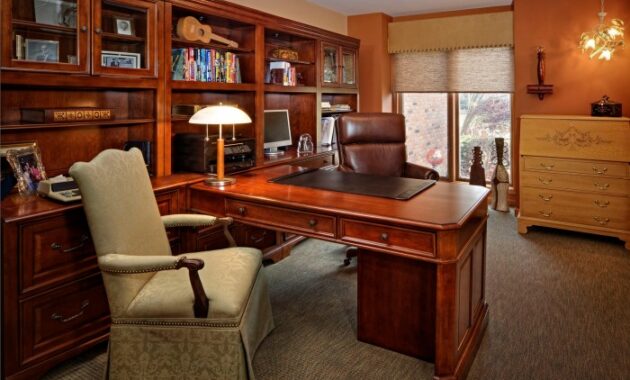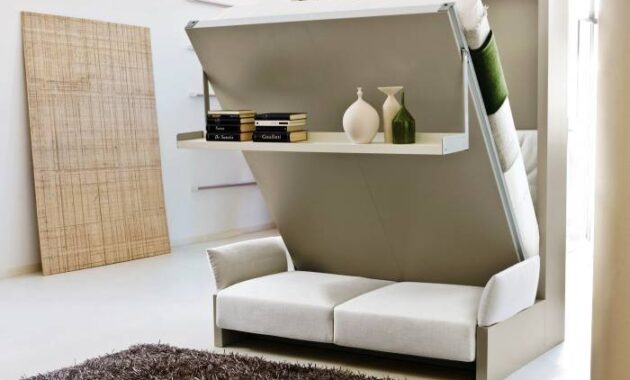Mid-century modern furniture, with its timeless appeal and sleek design, has captured the hearts of design enthusiasts around the world. Let’s delve into the essence of this iconic style, uncovering its origins, key elements, and lasting impact on interior design.
Introducing Mid-century Modern Furniture
Mid-century modern furniture refers to a design style that emerged in the mid-20th century, roughly between the 1930s and 1960s. It is characterized by clean lines, organic forms, and a minimalist approach to design.
Key characteristics of mid-century modern furniture include sleek, simple shapes, functionality, and the use of natural materials such as wood, leather, and metal. The emphasis is on form following function, with a focus on practicality and comfort.
Key Designers and Influencers
Some of the key designers and influencers of the mid-century modern movement include:
- 1. Charles and Ray Eames: Known for their iconic Eames Lounge Chair and contributions to modern architecture.
- 2. George Nelson: A prominent designer and architect who collaborated with Herman Miller and designed the famous Ball Clock.
- 3. Eero Saarinen: Renowned for his Tulip Chair and Tulip Table, which are considered classics of mid-century modern design.
Brief History of Mid-century Modern Furniture Design
The mid-century modern furniture design movement gained popularity in the post-World War II era, as people sought a fresh, modern aesthetic to reflect the changing times. Influenced by Scandinavian design principles, mid-century modern furniture aimed to bring a sense of simplicity, functionality, and beauty into everyday life.
Iconic Mid-century Modern Furniture Pieces
Mid-century modern furniture is known for its sleek lines, organic shapes, and innovative use of materials. Here are some iconic pieces that define this design era:
Eames Lounge Chair and Ottoman
The Eames Lounge Chair and Ottoman, designed by Charles and Ray Eames in 1956, is a classic example of mid-century modern design. Made of molded plywood and leather, this iconic piece is celebrated for its comfort and timeless style.
Noguchi Coffee Table
Isamu Noguchi’s coffee table, designed in 1944, features a sculptural wooden base with a freeform glass top. This piece embodies the fusion of art and function that is characteristic of mid-century modern furniture.
Saarinen Tulip Table
Designed by Eero Saarinen in 1956, the Tulip Table is a striking example of mid-century modern design. Its sleek pedestal base and round marble top epitomize the clean, minimalist aesthetic of the era.
Hans Wegner Wishbone Chair
The Wishbone Chair, designed by Hans Wegner in 1949, is a Danish modern classic. With its distinctive Y-shaped backrest and woven seat, this chair showcases the craftsmanship and organic forms that define mid-century modern furniture.
Materials in Mid-century Modern Furniture
Mid-century modern furniture commonly uses materials such as molded plywood, teak, rosewood, leather, and fiberglass. These materials were chosen for their durability, flexibility, and ability to be shaped into innovative forms.
Popularity and Enduring Appeal
The iconic mid-century modern furniture pieces continue to be popular today due to their timeless design, quality craftsmanship, and ability to complement a variety of interior styles. Their enduring appeal lies in their ability to bring a sense of sophistication and modernity to any space.
Design Elements of Mid-century Modern Furniture

Mid-century modern furniture is characterized by a unique blend of design elements that set it apart from other styles. Influenced by Scandinavian design, this style emphasizes clean lines, organic forms, and functionality, creating pieces that are both aesthetically pleasing and practical.
Scandinavian Influence
Scandinavian design played a significant role in shaping mid-century modern furniture. With its focus on simplicity, minimalism, and functionality, Scandinavian design principles were seamlessly integrated into the mid-century modern aesthetic. This influence can be seen in the use of natural materials, such as wood and leather, as well as the emphasis on craftsmanship and quality.
- The clean lines and simplicity of Scandinavian design are reflected in mid-century modern furniture, with sleek, unadorned surfaces and geometric shapes.
- Natural materials like teak, rosewood, and leather were commonly used in mid-century modern pieces, adding warmth and texture to the clean, modern lines.
- The functionality of Scandinavian design is evident in mid-century modern furniture, with pieces designed to be both practical and visually appealing.
Interior Design Trends Incorporating Mid-century Modern Furniture

Mid-century modern furniture has made a strong comeback in contemporary interior design, adding a touch of retro charm and sophistication to modern spaces. The clean lines, organic shapes, and iconic designs of mid-century pieces seamlessly blend with various design styles, creating a unique and eclectic look.
How to Mix Mid-century Modern Pieces with Other Design Styles
When incorporating mid-century modern furniture into your interior design, consider mixing it with other styles to create a balanced and cohesive look. Here are some tips to help you achieve a harmonious blend:
- Pair mid-century modern furniture with contemporary pieces to create a modern and timeless aesthetic.
- Combine mid-century pieces with industrial elements for a stylish and edgy look.
- Mix mid-century modern furniture with bohemian accents for a relaxed and eclectic vibe.
- Blend mid-century designs with Scandinavian decor for a clean and minimalist feel.
Color Palettes and Textures That Complement Mid-century Modern Furniture
To enhance the beauty of mid-century modern furniture, consider using color palettes and textures that complement its sleek and iconic designs. Here are some ideas to inspire your design choices:
- Opt for warm and earthy tones like mustard yellow, olive green, and burnt orange to evoke a retro vibe.
- Incorporate natural wood finishes and teak accents to highlight the organic appeal of mid-century furniture.
- Use bold geometric patterns and abstract artwork to add visual interest and depth to your space.
- Experiment with textures like shaggy rugs, velvet upholstery, and metallic finishes to create a dynamic and inviting atmosphere.
Sustainability and Mid-century Modern Furniture

Mid-century modern furniture is often praised for its timeless design and lasting quality, but it also carries a strong sustainability aspect that sets it apart from modern furniture manufacturing practices. The production of mid-century modern furniture prioritizes durability, quality craftsmanship, and the use of natural materials, all of which contribute to its sustainable nature.
Environmental Impact Comparison
When comparing mid-century modern furniture production with modern furniture manufacturing, the environmental impact becomes evident. Modern furniture often relies on mass production techniques, synthetic materials, and unsustainable practices that result in high carbon emissions, deforestation, and waste generation. In contrast, mid-century modern furniture is known for its use of solid woods, such as teak and walnut, which are sourced responsibly to minimize environmental harm.
- Mid-century modern furniture production focuses on quality over quantity, leading to longer-lasting pieces that reduce the need for frequent replacements.
- The emphasis on natural materials in mid-century modern furniture results in a lower carbon footprint compared to the synthetic materials used in modern furniture.
- Vintage mid-century modern pieces are often sought after for their durability and timeless design, promoting a circular economy and reducing the demand for new furniture production.
Vintage Mid-century Modern Pieces and Sustainable Living
Vintage mid-century modern pieces play a significant role in sustainable living practices by extending the lifespan of furniture and reducing the environmental impact of manufacturing new items. These pieces are often passed down through generations, maintaining their value and aesthetic appeal while contributing to a more sustainable lifestyle.
- By investing in vintage mid-century modern furniture, individuals can reduce waste and support the preservation of craftsmanship from past eras.
- Repurposing and upcycling vintage mid-century modern pieces can further enhance their sustainability, giving new life to old furniture and reducing the need for new resources.
- The timeless design of mid-century modern furniture allows it to seamlessly blend with various interior styles, promoting versatility and longevity in home decor choices.
As we conclude our exploration of Mid-century modern furniture, it’s evident that this design movement continues to shape contemporary aesthetics with its blend of form and function. Embracing sustainability and style, these timeless pieces stand as a testament to the enduring legacy of mid-century design.


